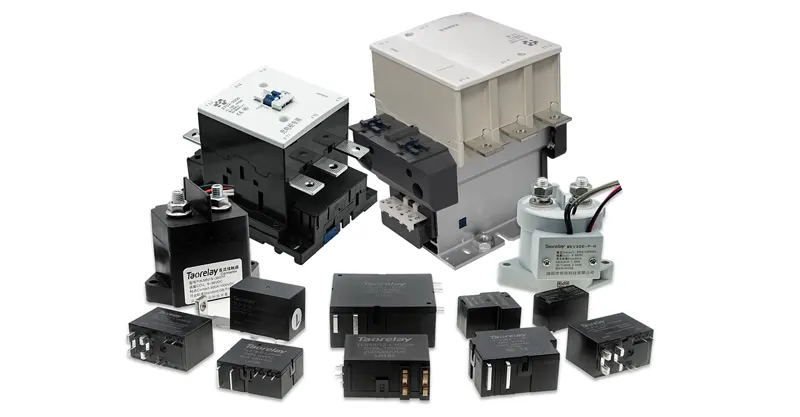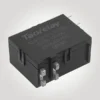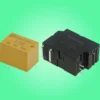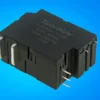Introduction
In electrical engineering and control systems, the terms contactor and relay are often used interchangeably—but they are not the same. Both devices are electromechanical switches that control the flow of electricity, but they differ in design, capacity, and usage.
Understanding the differences between a contactor and a relay is essential for selecting the right component for your system, whether it’s a small automation panel or a high-voltage industrial setup.

What Is a Relay?
A relay is an electromechanical device designed to switch small loads (typically below 10A) in control circuits. It uses a low-power control signal (DC or AC) to open or close contacts, thereby switching another circuit.
Key Features of a Relay:
- Compact size
- Designed for low-power or signal-level switching
- Common in PCB circuits, automation systems, and control panels
- Often available in single or multi-channel formats
What Is a Contactor?
A contactor is a type of relay specifically built to handle high-current loads—usually above 10A and up to hundreds of amperes. It is commonly used to control electric motors, heaters, compressors, and other heavy-duty equipment.
Key Features of a Contactor:
- Larger and more robust than relays
- Designed for frequent operation and high electrical loads
- Often includes arc suppression chambers and auxiliary contacts
- Typically used in industrial motor control circuits
Main Differences Between Contactor and Relay
| Feature | Relay | Contactor |
|---|---|---|
| Load Capacity | Low (usually < 10A) | High (up to 1000A or more) |
| Application | Signal switching, automation | Power switching, motors |
| Size and Design | Compact, PCB-mountable | Larger, DIN rail or panel mount |
| Arc Suppression | Not typically included | Included for high-load safety |
| Mechanical Life | Medium | High (designed for frequent switching) |
| Auxiliary Contacts | Optional | Commonly available |
When to Use a Relay vs a Contactor?
- Use a relay when:
- You’re switching low-power devices like indicators, sensors, or control logic.
- You need compact components for PCB or automation logic.
- Use a contactor when:
- You’re switching large power loads such as motors, pumps, or HVAC systems.
- You need high durability for frequent on/off operations in industrial settings.
Applications of Contactor and Relay
Relays Are Common In:
- PLC-based control systems
- Smart home automation
- Low-voltage lighting control
- Alarm and signal switching
Contactors Are Common In:
- Motor starters and variable frequency drives (VFDs)
- Industrial machinery and factory automation
- HVAC and refrigeration units
- Electrical distribution panels
Conclusion
While contactor and relay share similar switching principles, their differences in capacity, construction, and applications make them suitable for specific roles in electrical systems. For low-current control, relays are ideal. For high-current switching and motor control, contactors are essential.
Selecting the right device based on your application ensures safety, longevity, and efficiency in your electrical design.




